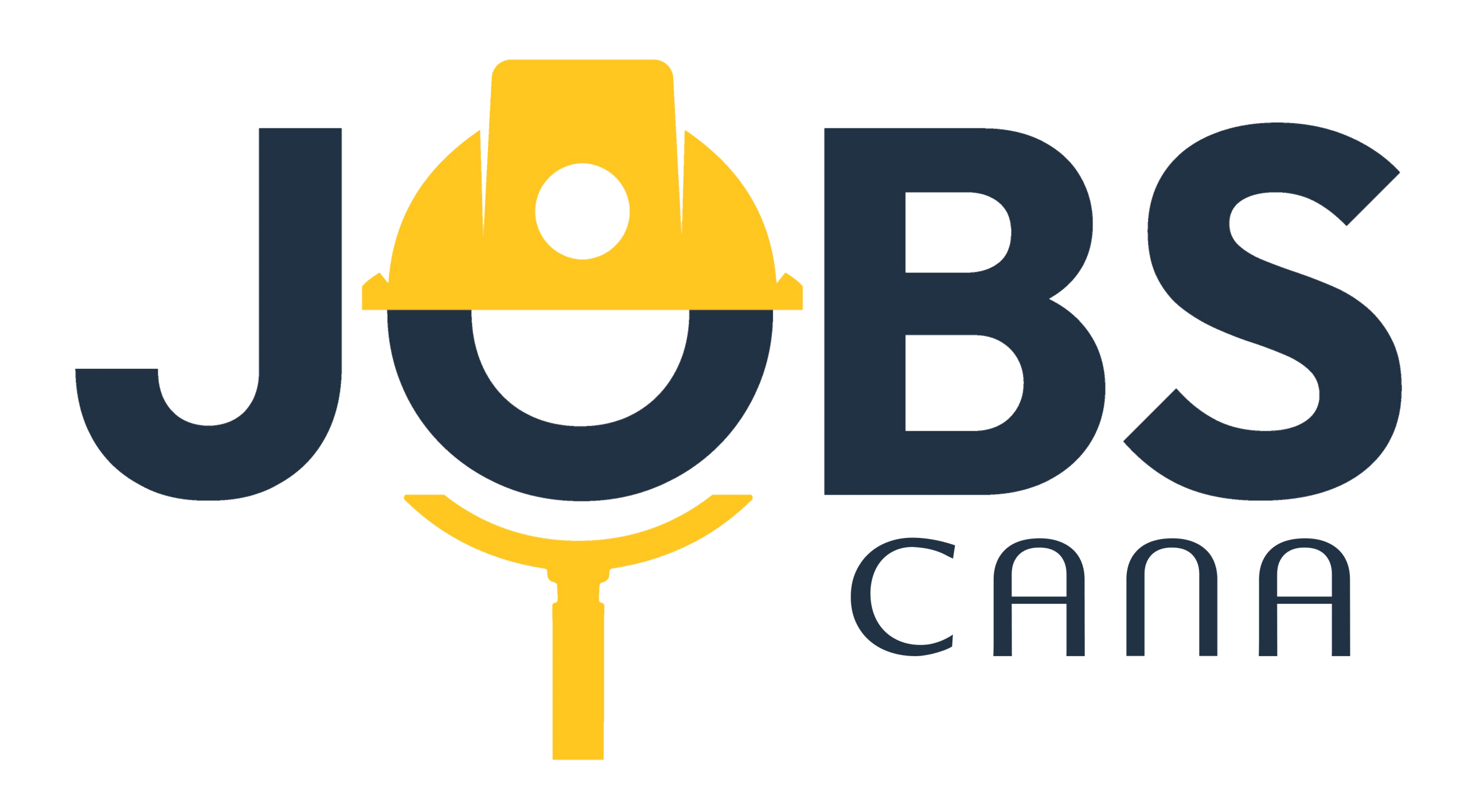Creating an Online Portfolio is essential for showcasing your skills and attracting clients in today’s digital age. An effective online portfolio not only highlights your work but also tells your professional story in an engaging and visually appealing way. To get started, it’s crucial to understand the key elements that make an online portfolio stand out and how to choose the right platform to build it on. With the right design tips and promotion strategies, your online portfolio can become a powerful tool for career growth and opportunities.
Why You Need an Online Portfolio
An online portfolio is crucial in today’s digital age. It acts as a dynamic resume that showcases your skills, experience, and achievements. Employers and clients often search for candidates online before making hiring decisions. Having an online portfolio makes it easier for them to find you and see your work.
An online portfolio provides a centralized location for all your professional materials. This includes your resume, projects, case studies, and testimonials. It allows for a detailed presentation of your skills and accomplishments, displaying them in a visually appealing way.
Real-time Updates
One major advantage of an online portfolio is the ability to update it in real-time. Unlike traditional resumes, you can quickly add new projects, skills, or accolades. This ensures that your portfolio is always current and reflects your most recent accomplishments.
An online portfolio helps you build your personal brand. By including a professional photo, a personal bio, and links to your social media profiles, you create a comprehensive picture of who you are as a professional. This helps to differentiate you from others in your field.
Lastly, an online portfolio enhances your search engine visibility. By optimizing your portfolio with relevant keywords, you increase the chances of appearing in search engine results. This is essential for attracting potential employers or clients who are looking for your specific set of skills.
Key Elements of a Successful Online Portfolio

Clear Purpose
Every online portfolio needs a clear purpose. It should be obvious at first glance what the portfolio is about and who it’s for. Define whether the aim is to get freelance work, a full-time job, or showcase personal projects.
Professional Design
Design is crucial. A visually appealing layout can make a strong impression. Use a clean, professional design with a consistent color scheme and readable fonts. Ensure your design reflects your personal brand or industry standards.
High-Quality Content
The portfolio should display high-quality content. Use high-resolution images, well-produced videos, and polished text. Show only your best work, selecting pieces that demonstrate a range of skills and expertise.
User Experience
The user experience should be intuitive. Make navigation easy, with clear menus and quick access to key sections. Ensure that it’s mobile-friendly since many users will view it on their phones.
Testimonials and Social Proof
Include testimonials and social proof. Featuring feedback from past clients or colleagues can add credibility and make a strong impact on visitors.
Contact Information
Make it easy for potential clients or employers to contact you. Include a dedicated contact section with your email, phone number, and links to social media profiles.
Regular Updates
An effective portfolio is regularly updated. Keep your content fresh by adding new projects and removing outdated materials. Regular updates show that you are active and continuously improving. SEO Optimization Don’t forget about SEO. Use relevant keywords in your titles, descriptions, and image alt texts to make your portfolio more discoverable on search engines.
How to Choose the Right Platform
Choosing the right platform for your online portfolio is crucial for showcasing your skills and boosting your career. The platform you choose should align with your technical expertise and the nature of your work. Consider platforms like WordPress or Squarespace if you want customization and control. Both offer a range of templates and plugins to suit different professional needs.
If you prefer a more visual-centric platform, Behance or Dribbble might be ideal. These platforms are specifically designed for creative professionals and provide a community-driven approach, allowing you to network and gain exposure.
For developers, platforms such as GitHub or GitLab offer version control and collaborative tools that showcase your coding projects effectively. These platforms enable you to display real-time updates and collaboration capabilities.
Considerations for Selecting a Platform
Ease of Use: Ensure the platform is user-friendly and offers technical support.
SEO Capabilities: Choose platforms that support SEO settings to improve your online visibility.
Cost: While some platforms are free, others may require a subscription. Assess your budget before deciding.
Flexibility: Your chosen platform should allow easy updates and additions to your portfolio.
Design Tips for a Professional Online Portfolio

When creating your online portfolio, focusing on design is crucial. Simplicity often wins over complexity. A clean, uncluttered layout helps your work shine and makes navigation intuitive. Use whitespace effectively to give your content room to breathe. This not only enhances readability but also keeps visitors engaged.
Consistency in design elements such as fonts, colors, and button styles adds a professional touch. Stick to a cohesive color scheme that complements your brand. Match your typography with the tone of your work—elegant fonts for formal projects, or bold fonts for modern, creative work.
Utilize high-quality images to showcase your projects. Poor resolution can detract from the professional appearance of your portfolio. Use responsive design to ensure your portfolio looks great on all devices, from desktops to smartphones.
Navigation
is key in user experience. Ensure that your portfolio is easy to navigate by using a clear menu structure. This will help potential clients or employers find the information they need quickly. Including a search function can also be very helpful.
Lastly, incorporating a distinctive logo and personalized elements like a tailored biography or a unique
Promoting Your Online Portfolio Effectively
To promote your online portfolio effectively, start by linking it in your email signature and on all professional profiles, such as LinkedIn, to enhance visibility. Networking is crucial, so share your portfolio at events and within industry groups. Leverage social media platforms; regularly post updates showcasing your latest projects and achievements. Collaborate with other professionals and ask them to mention or link to your portfolio.
Search engine optimization (SEO) can improve your portfolio’s search ranking. Use relevant keywords in your portfolio content and metadata. Optimize images by including descriptive alt text. Create a blog within your portfolio to attract traffic and establish your expertise.
Consider guest posting on industry blogs or websites, including a link to your portfolio. This not only drives traffic but also enhances your credibility. Engage with online communities by providing valuable insights and including your portfolio link in your profile.
Email newsletters can also be an effective tool for promotion. Build an email list and send regular updates to keep your audience informed about new projects or achievements.
Track and analyze your portfolio’s performance using tools like Google Analytics. Identify which strategies bring the most traffic and refine your efforts accordingly. Constantly update your portfolio with new content to keep it relevant and engaging.


 Professional Growth: Unlock Secrets to Accelerate Your Career
Professional Growth: Unlock Secrets to Accelerate Your Career  Career Planning: Your Guide to a Successful Professional Path
Career Planning: Your Guide to a Successful Professional Path  Career Transition: Unlock Your Potential with These 5 Strategies
Career Transition: Unlock Your Potential with These 5 Strategies